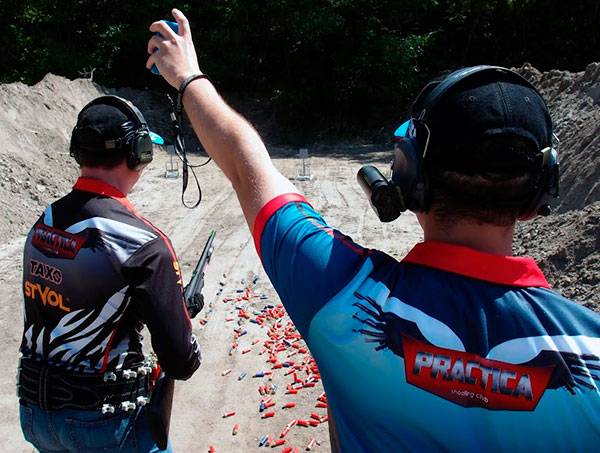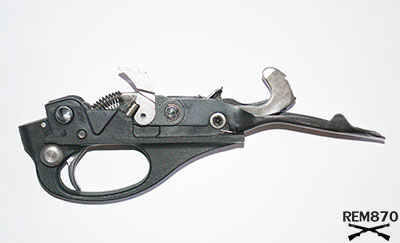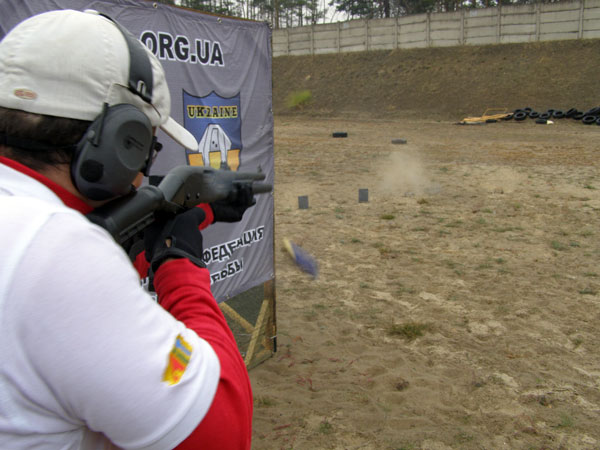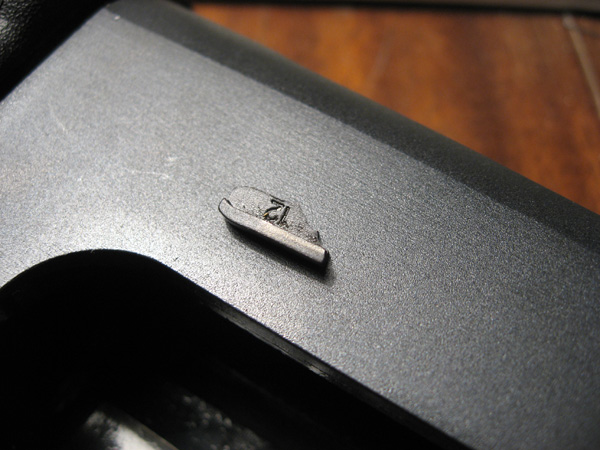Common Mistakes Made While Shooting
Keep in mind that however common, mistakes do lead to accidental discharges. Lack of, or poor training will lead to mistakes being made. Careless behavior leading to an injury when a shooter knows better should be considered negligence and not be considered an accident caused by a mistake. When you know better and still do not follow proper safe handling procedures then you are negligent.

Vitaly Pedchenko, Shotgun Instructor
1. Jerking the Trigger
Jerking the trigger is probably the biggest mistake resulting in a missed shot. Some may believe there is a difference between making a mistake and simply not knowing any better. For example, a shooter may not be aware they are jerking the trigger, so is it a mistake or poor training. Can it be called a mistake if you do not know any better?
2. Sight Alignment and Natural Point of Aim
Some shooters do not understand natural point of aim and assume it is sight alignment. Sight alignment is having your sights centered on the target. Once aligned some will pull the trigger and then wonder why they missed.
Not achieving a natural point of aim is a mistake many make. Natural point-of-aim is when your body is positioned so that you do not lose sight alignment. You have positioned your body such that it will not interfere with point of impact. This means you have breathing under control and have supported the weapon with bone and not muscle. Close your eyes for a count of three then open, if you are still aligned then you have achieved your natural point of aim. If you are not aligned that means you have poor weapon support and/or you have not controlled your breathing.
3. Safety Is Still On
Unbelievably, a very common mistake is not disengaging the safety. Shooters will be positioned, lined up and pull the trigger and of course nothing happens. If you do this while, hunting you may go home empty handed. If you are in the heat of battle, the consequences are even more costly.
4. Anticipating The Recoil
New shooters will cause the gun to recoil before it actually does, and then they generally release the trigger too soon causing the muzzle to rise off target.
5. Squeezing The Trigger At An Angle
This happens because the index finger is not positioned properly and depressing the trigger will cause the weapon to move sideways. Make sure your finger is center on the trigger and covers the trigger enough to draw back straight.
6. Closing one Eye
Typically, new shooters will close the weaker eye. This of course limits your vision and in a combat situation, you may not see an aggressor and on a firing range, this can be a safety issue, because you cannot see to the side of your target.
7. Not Riding the Recoil Properly
This is part of following through even if you do not plan on another shot follow through and maintain target discipline. Once you depress the trigger, maintain your position, and sight alignment. If you pull the trigger and then look over your sights for the shot, you are not following through. Over time, you will train your arms head and hands to do this every time and soon it turns into a flinch as you fire.




